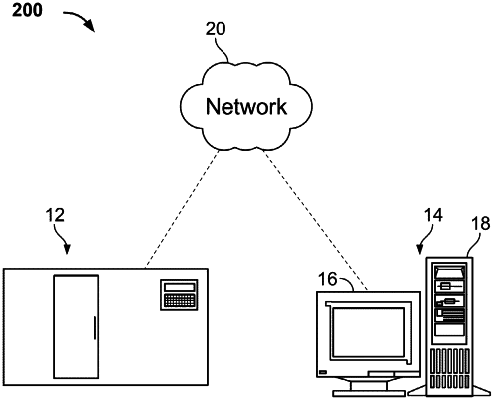| CPC G16H 30/40 (2018.01) [G06T 7/0012 (2013.01); G06V 20/695 (2022.01); G06V 20/698 (2022.01); G16H 50/20 (2018.01); G16H 50/70 (2018.01)] | 20 Claims |

|
1. A method comprising:
calculating one or more first image feature metrics from a plurality of images of biological samples derived from a first patient population;
generating tissue feature data for the first patient population by combining the one or more first image feature metrics with tissue analysis data corresponding to the biological samples derived from the first patient population;
calculating a first patient population correlation matrix based on the tissue feature data for the first patient population and clinical attributes of the first patient population;
calculating one or more second image feature metrics from a plurality of images of biological samples derived from a second patient population;
generating tissue feature data for the second patient population by combining the one or more second image feature metrics with tissue analysis data corresponding to the biological samples derived from the second patient population;
calculating a second patient population correlation matrix based on the tissue feature data for the second patient population and clinical attributes of the second patient population; and
determining, based on a comparison of the first patient population correlation matrix and second patient population correlation matrix, that the tissue feature data for the first patient population is similar to the tissue feature data for the second patient population.
|